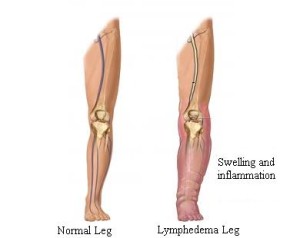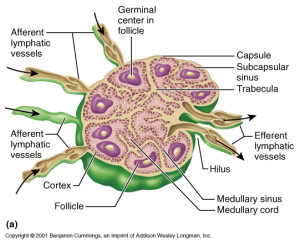Lymphedema
We aim to create awareness and understanding about Lymphedema in the forms of treatment and educating our clients for its over all prevention. Lymphedema is a lymphatic obstruction which causes localized fluid retention and tissue swelling caused by a compromised lymphatic system.
Lymphedema treatment for a majority of patients can be achieved by the skillful application of Complete Decongestive Therapy (CDT) which is SAFE, RELIABLE, and NON-INVASIVE.
This specialized therapy consists of Manual Lymph Drainage (MLD). The strokes applied in MLD are intended to stimulate the movement of the lymphatic fluids in order to assist the body in cleansing. This is gentle, rhythmical technique that cleanses the connective tissue of inflammatory materials and toxins, enhances the activity of the immune system, reduces pain, and lowers the activity of the sympathetic nervous system.
Compressive bandaging should follow MLD to maximize benefits of treatments. This technique is effective because it can be safely worn day and night. This is due to the low resting pressure that is exerted when the muscle is inactive and relaxed. It provides pressure to continue the reduction of the swollen limb. (MLD decreases the swelling of a limb. One goal of bandage placement is to maintain this decreased swelling.). Compressive bandaging provides resistance to aid in controlling additional swelling. In most cases bandaging is used after staging your lymphedema in the following ways:
- Lymphedema patients in stage 0 , or stage 1, may not require bandaging. However these patients will require other forms of compression.
- Patients in stage 2, or stage 3, usually require bandaging during early treatment.
- During an intensive, also know as active treatment, bandages may be worn 23 hours a day for 7 days a week throughout this phase of treatment. During this stage the therapist places the bandages and teaches the patient how to perform self-bandaging.
After the Intensive treatment, many patients are able to replace bandages with other forms of day and night compression garments.
An important part of treatment is patient education. Making sure that the patient is independent and compliant makes a big difference to the treatment protocol and outcome.



Recent Comments